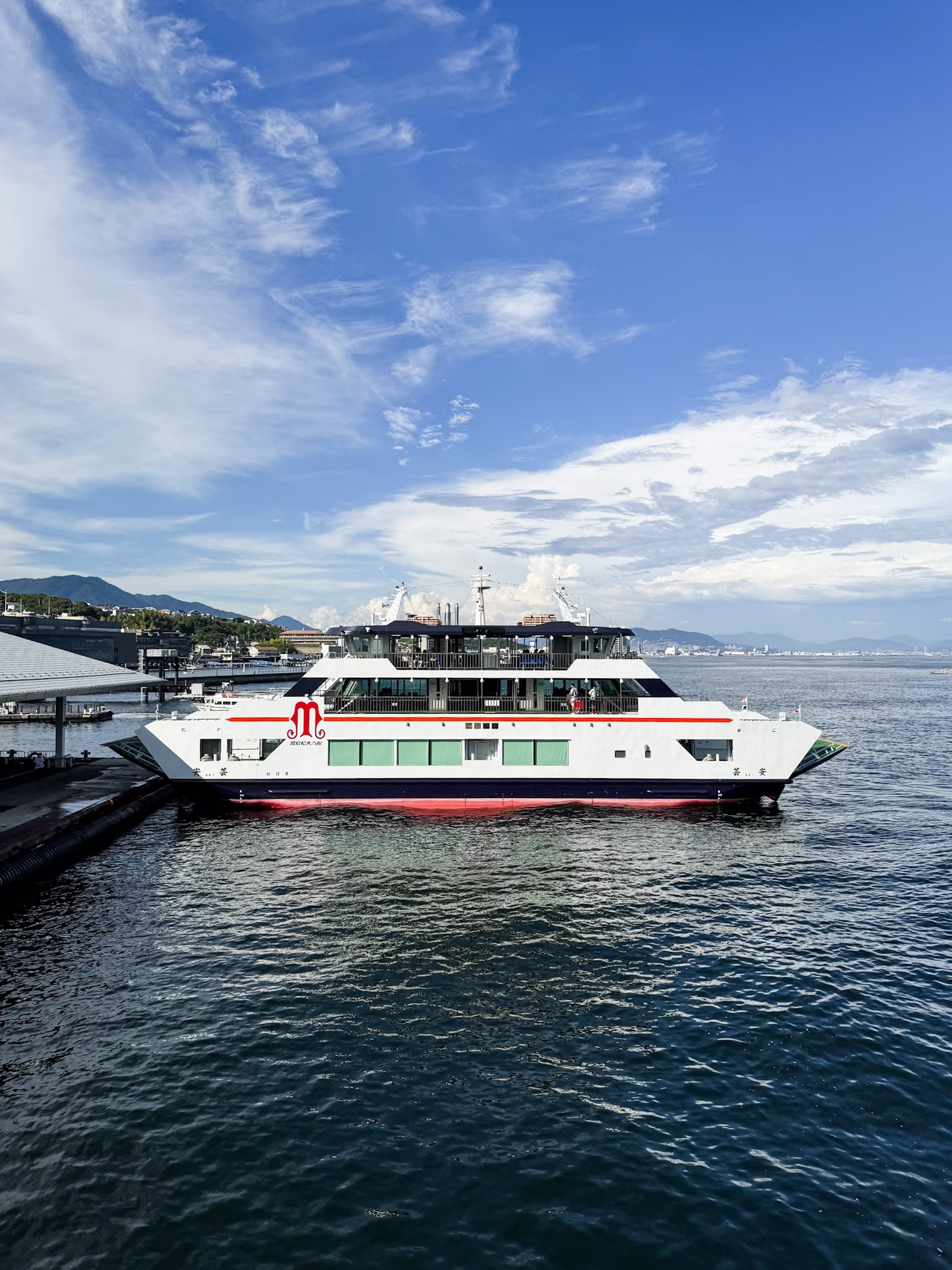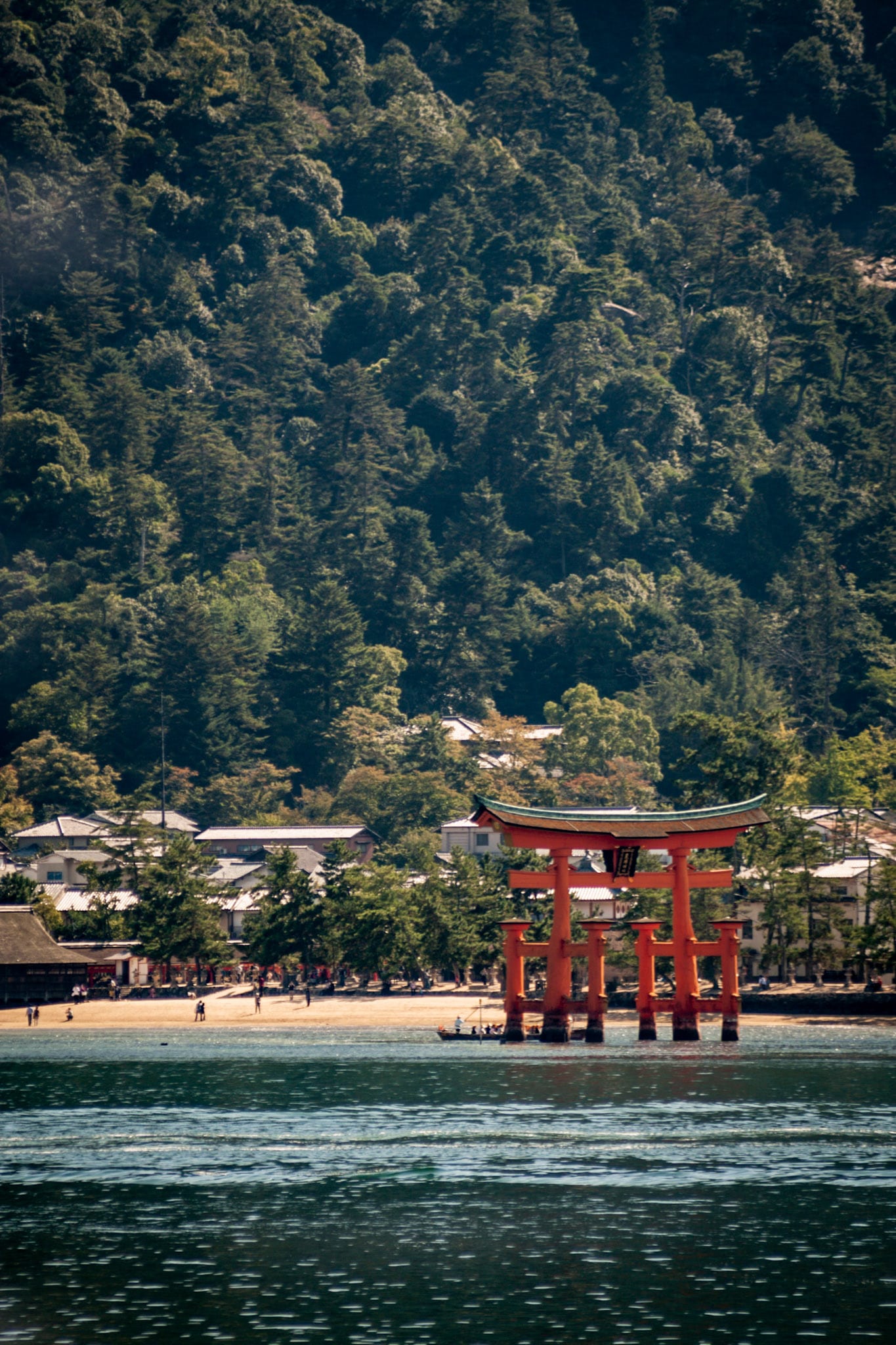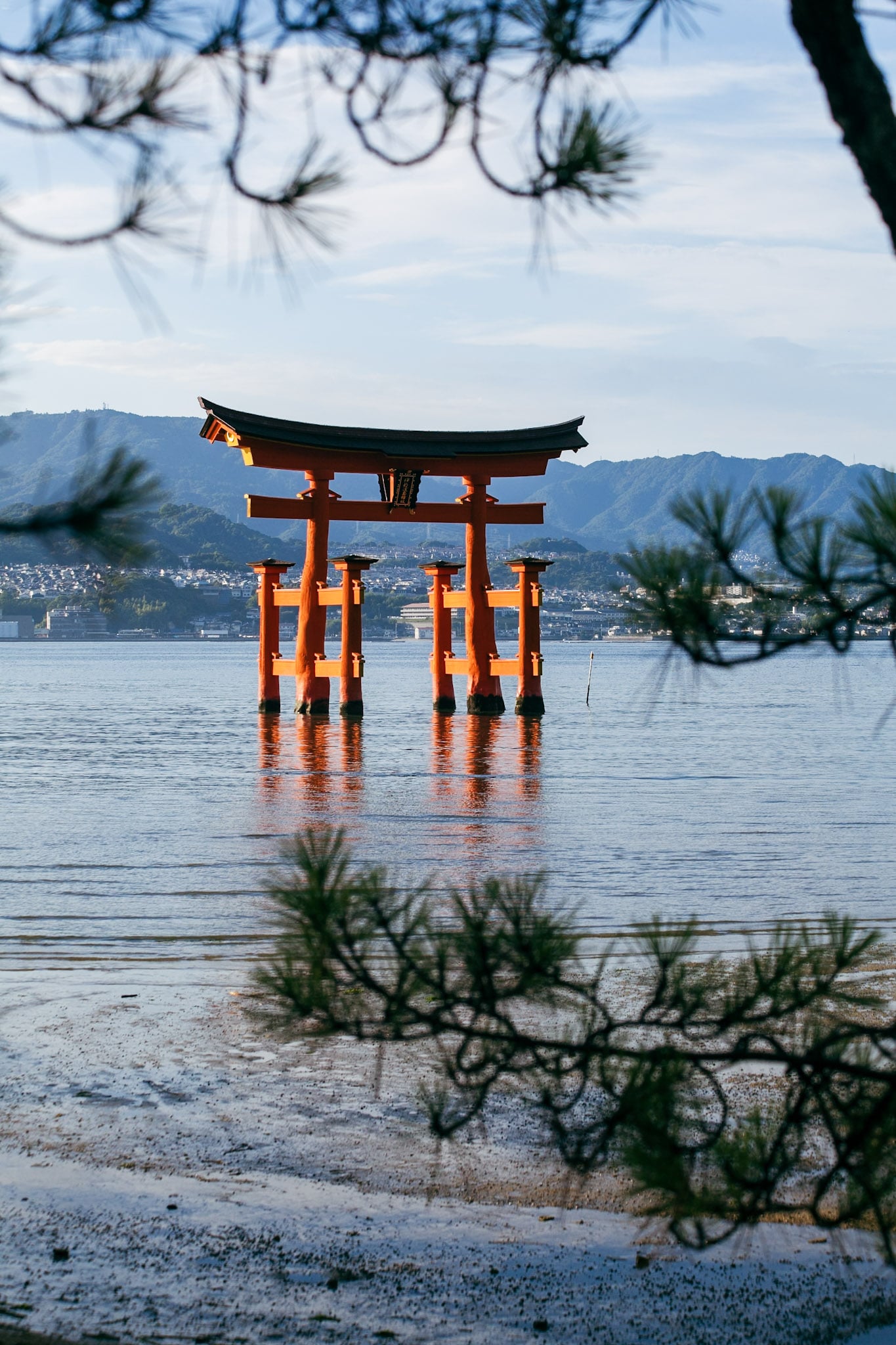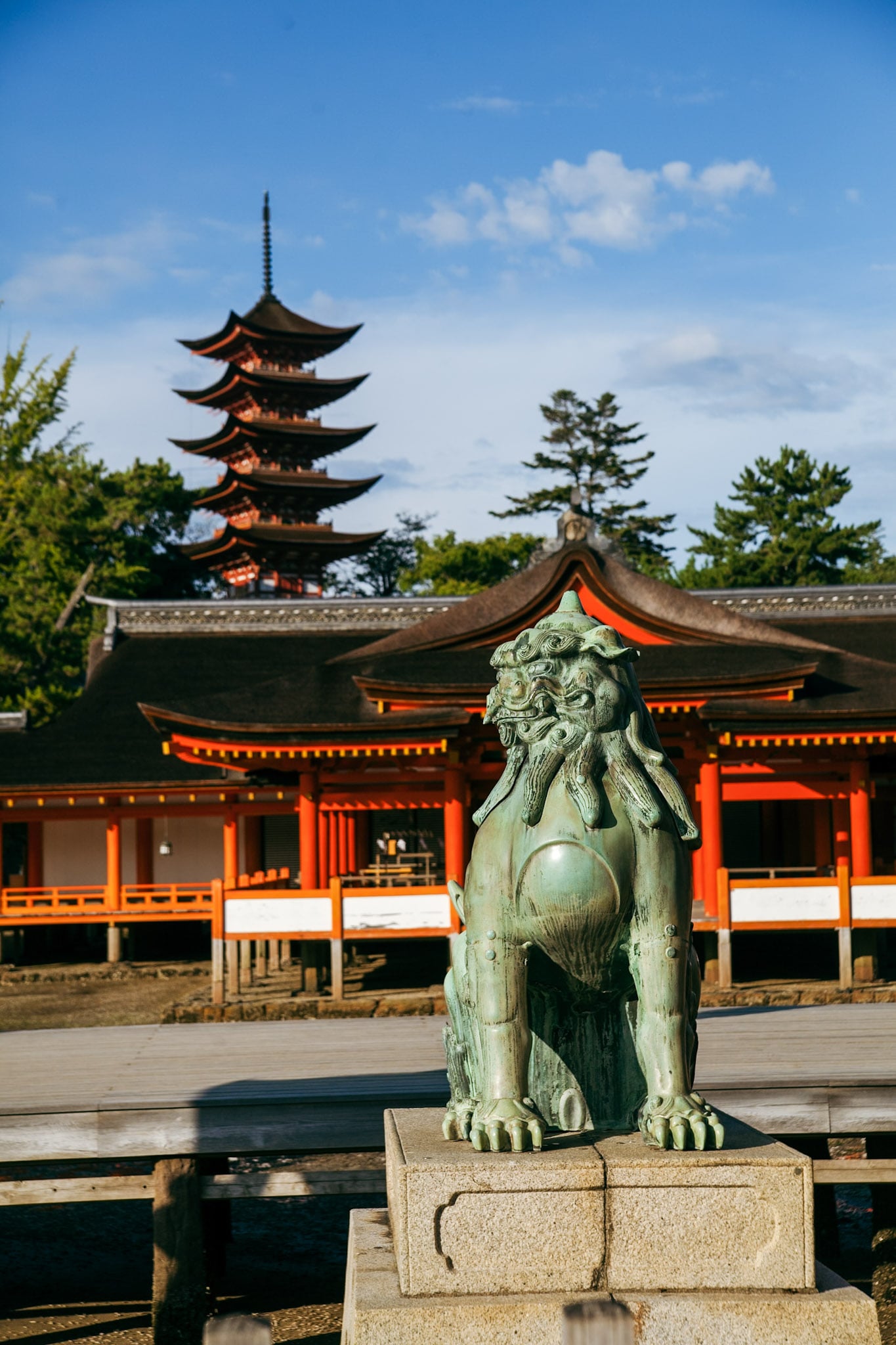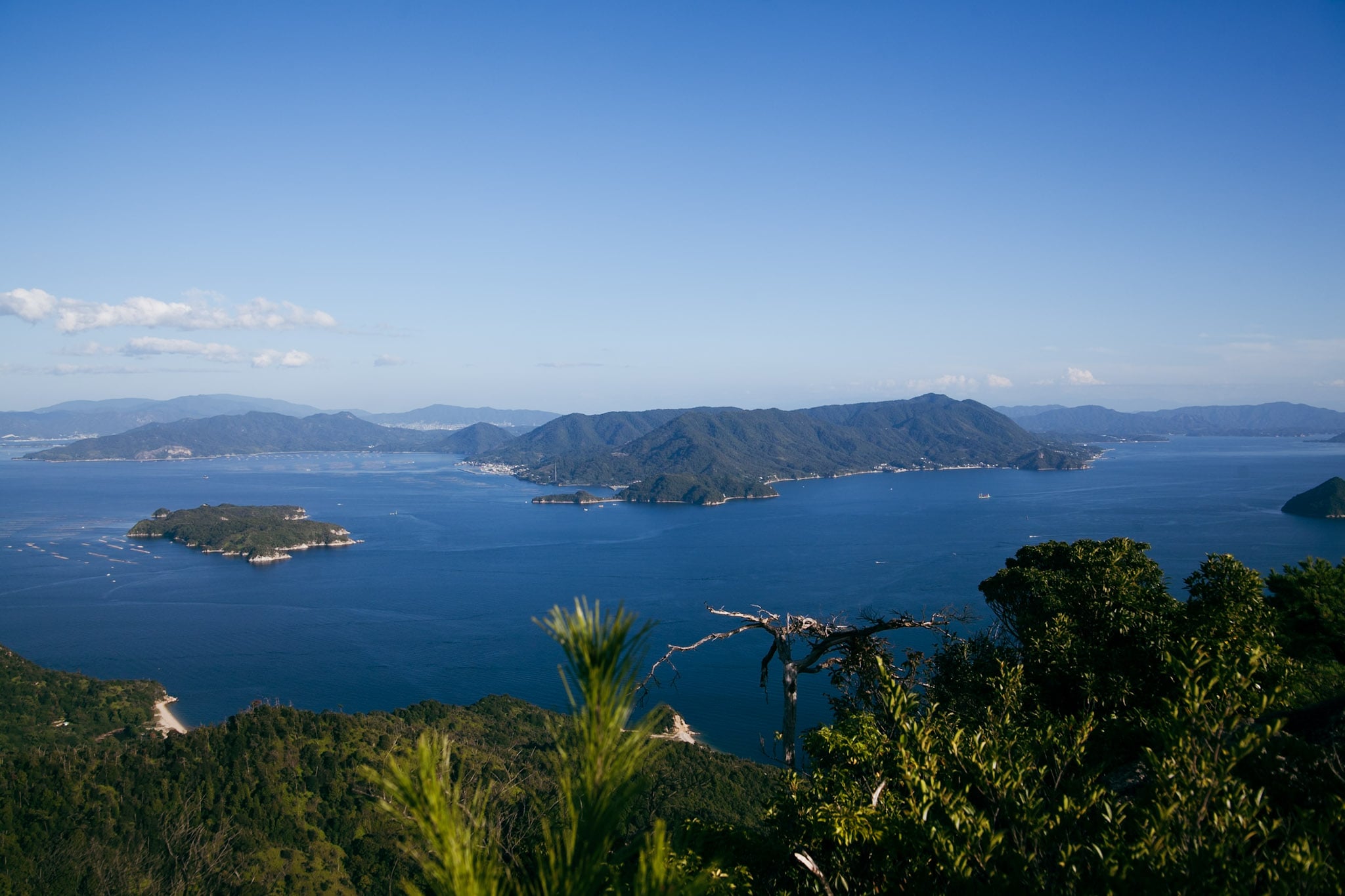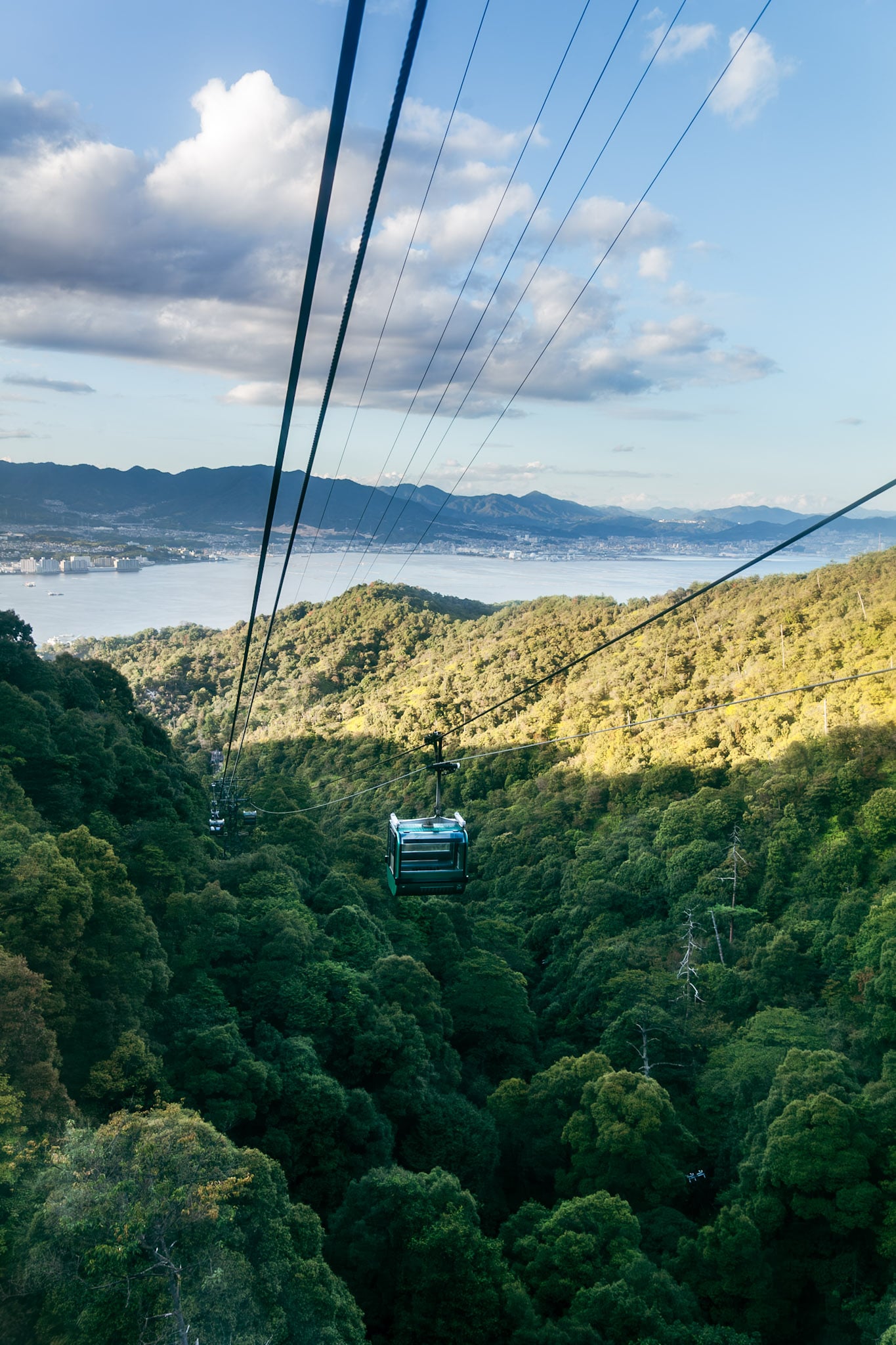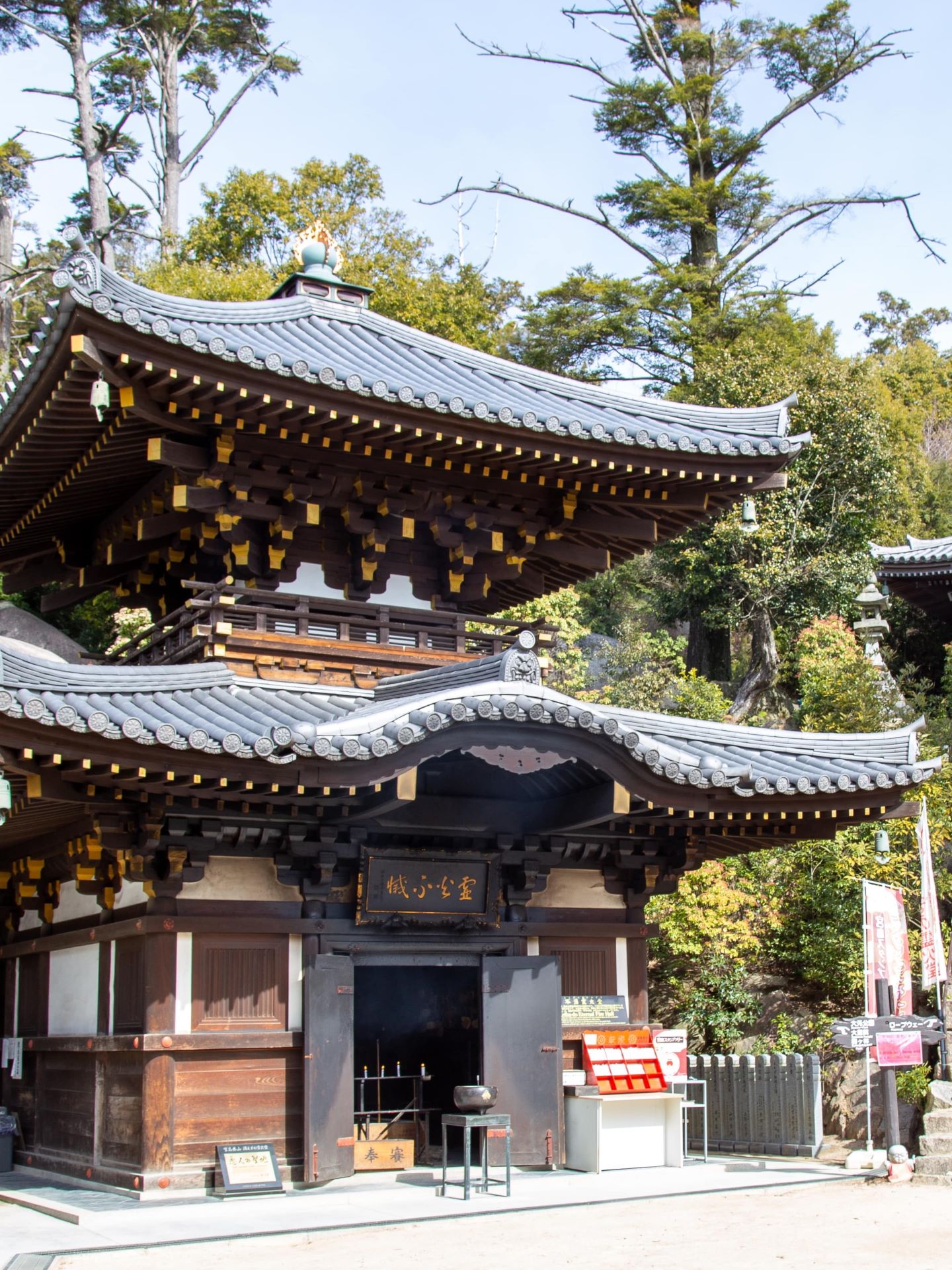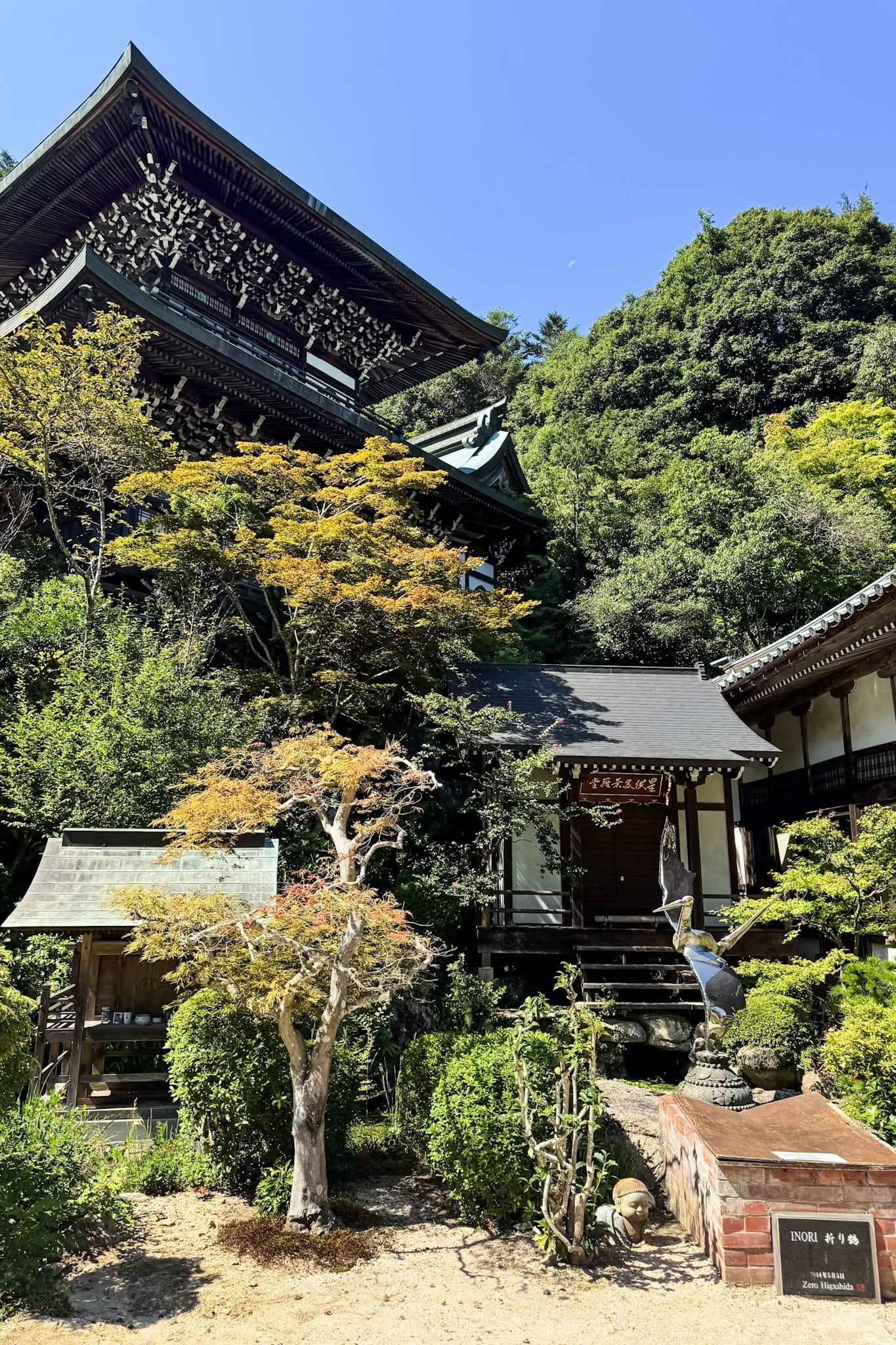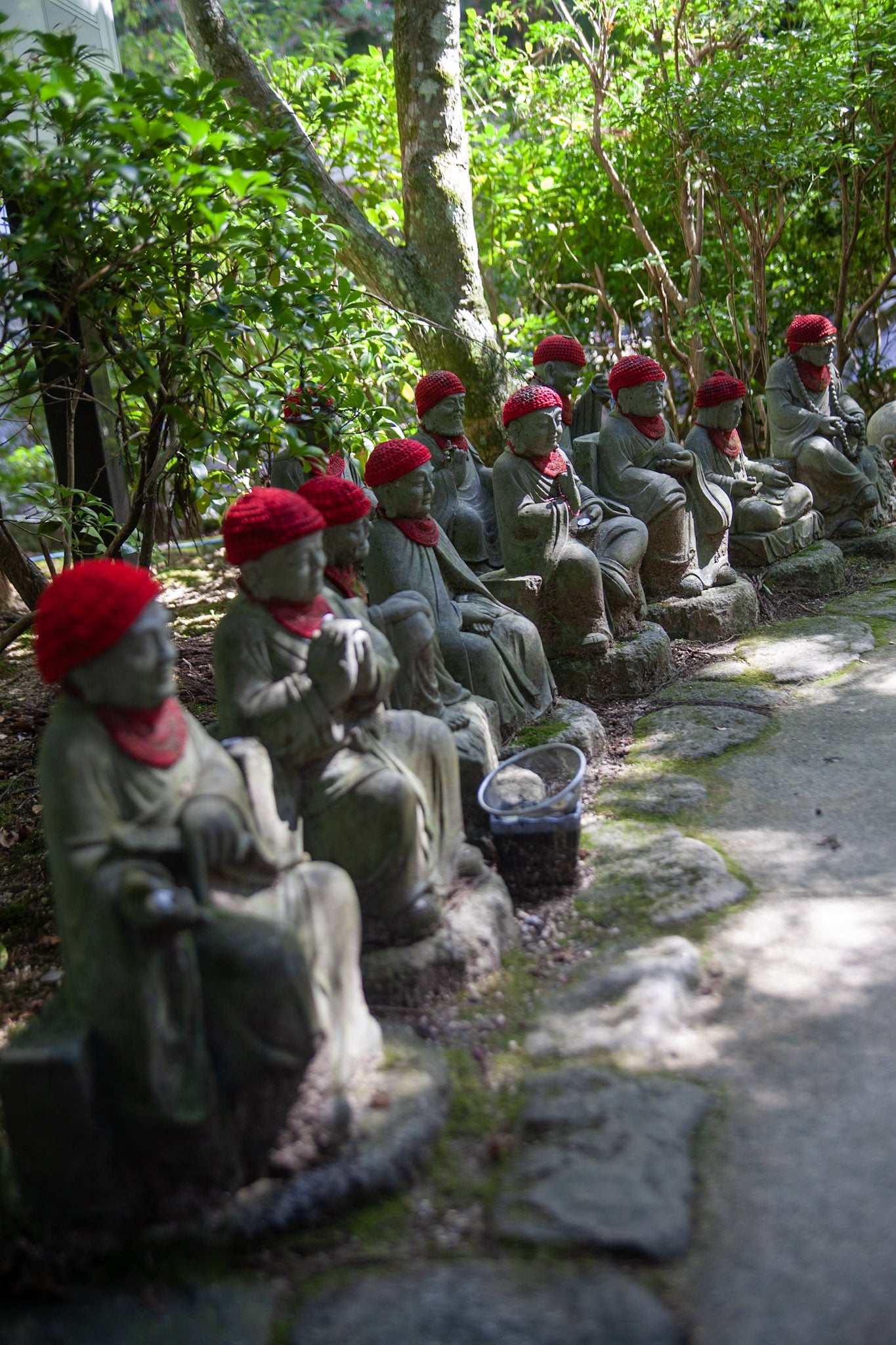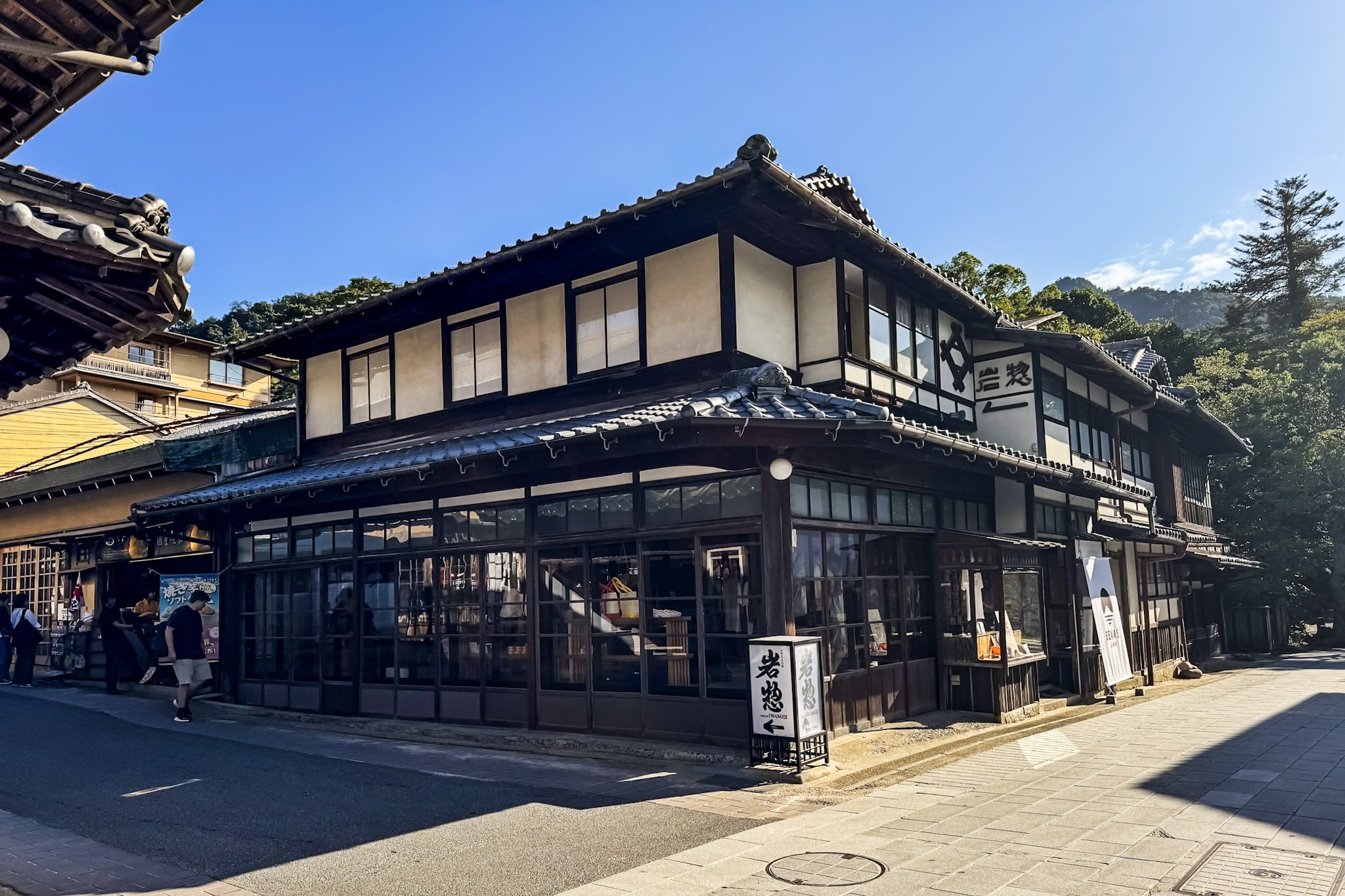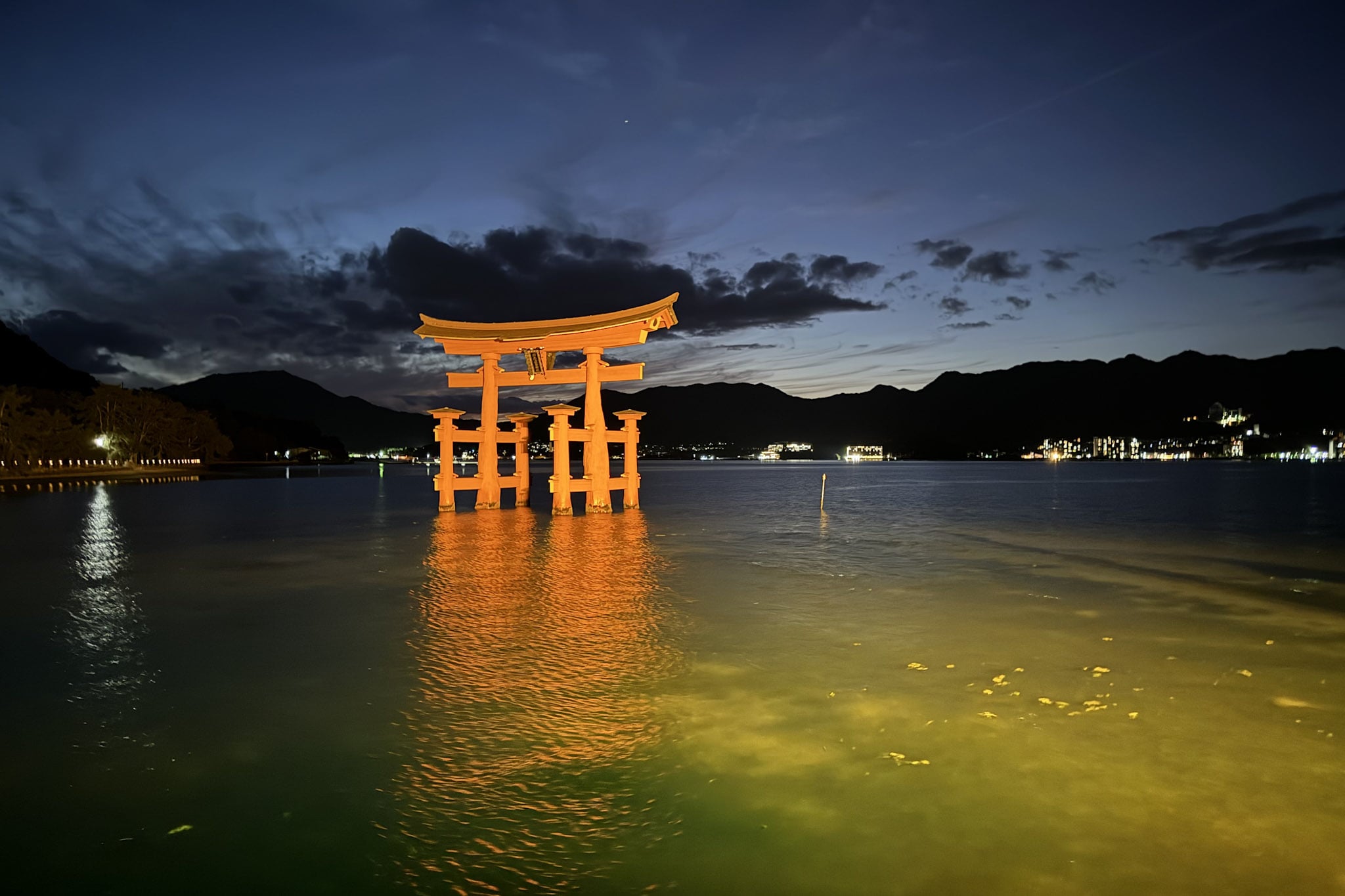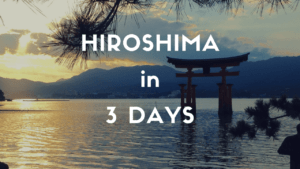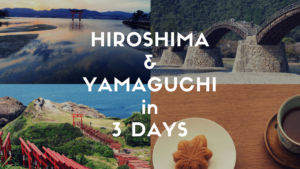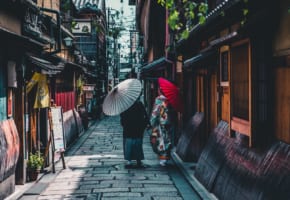1-Day Itinerary in Miyajima: How to Spend the Perfect Day on the Island
How to Spend One Day in Miyajima: Complete Itinerary and Travel Guide
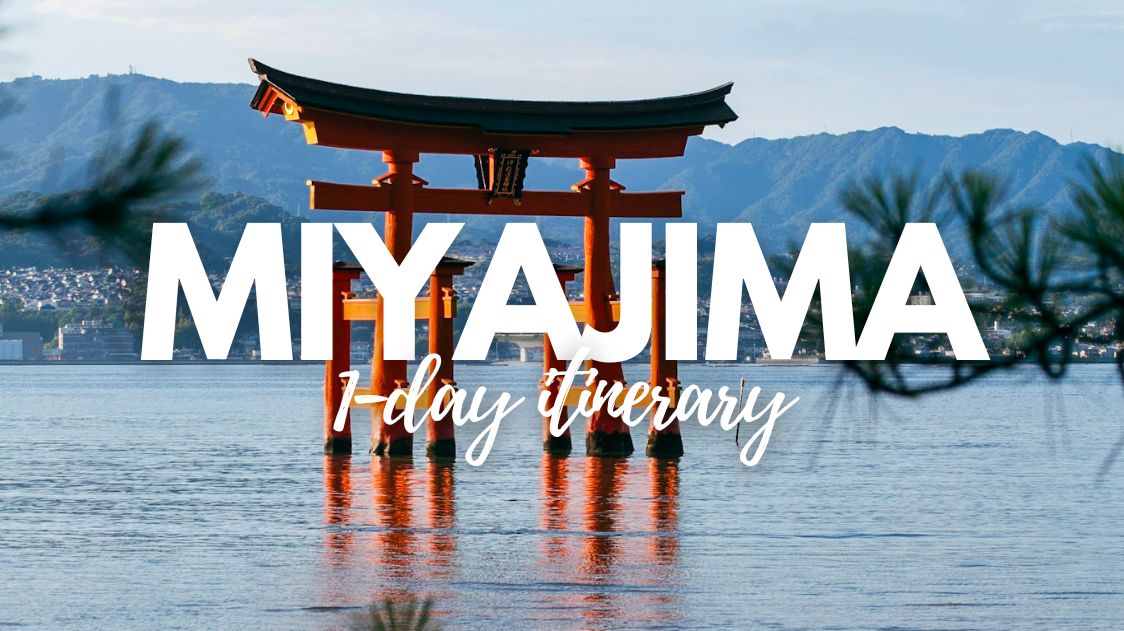
Miyajima, also known as Itsukushima, is one of those places that manages to feel both iconic and personal at the same time. Everyone knows the red torii gate that appears to float on the sea, yet the island harbors way more beyond this photo stop. Within a single day, you can walk through a shrine that’s been standing since the 12th century, hike or cable-car your way up Mount Misen for sweeping views of the Inland Sea, and still have time to sit down to oysters grilled in front of you.
I have been to this gorgeous island several times, both for leisure and for work as a travel journalist, so this itinerary is not based on a specific journey but simply my personal recommendation to make the best of your time here. Most travelers visit as a day trip from Hiroshima, and that’s exactly what this guide is built for. It’s structured to help you move smoothly from shrine to mountain to town, with time left for sunset by the water before heading back. If you want a straightforward plan that covers the essentials without wasting a minute, this one-day Miyajima itinerary will do the job.
See also: Miyajima Island: Best Things to Do
For traveling from Tokyo to Hiroshima and beyond, the Shinkansen is a convenient option. You can also book online. Try checking the route from Tokyo to Hiroshima now! [Ads]
Getting to Miyajima
Reaching Miyajima (宮島) is pretty straightforward, which is why it works so well as a day trip from Hiroshima. From Hiroshima Station, take the JR Sanyo Line to Miyajimaguchi Station. The ride takes about 30 minutes and is fully covered by the Japan Rail Pass.
From there, it’s a short walk to the ferry terminal. Two ferry operators make the crossing: JR and Matsudai. Both take about 10 minutes for just 200 yen, but JR ferries are also included in the rail pass.
As you approach the island, the view of the torii gate from the water is one of the best introductions to Miyajima you can get.
1-Day in Miyajima
It’s worth catching an early train from Hiroshima, especially if you plan to hike Mount Misen or want to enjoy the shrine before the busiest hours. Arriving before 9 a.m. gives you the advantage of quieter streets and shorter lines for food later in the day.
Morning: Itsukushima Shrine and the Floating Torii Gate
I know, I know, first things first, right? I don’t have to tell you that your first stop on Miyajima would be Itsukushima Shrine (嚴島神社). Built partly over the water, its long wooden corridors and vermilion gates form the image most travelers associate with the island. The shrine as we know it nowadays dates back to the 12th century and has been carefully preserved, so wandering through its boardwalks feels like being part of its history, rather than seeing a static historical monument.
Timing makes a huge difference here. At high tide, the torii gate appears to rise out of the sea, creating the classic view that has made the island famous. At low tide, you can walk across the sand to its base and see the massive wooden structure up close. The tides change every 6 or 7 hours, so it’s worth checking the tide schedule in advance and plan accordingly, so you can hopefully catch both sights.
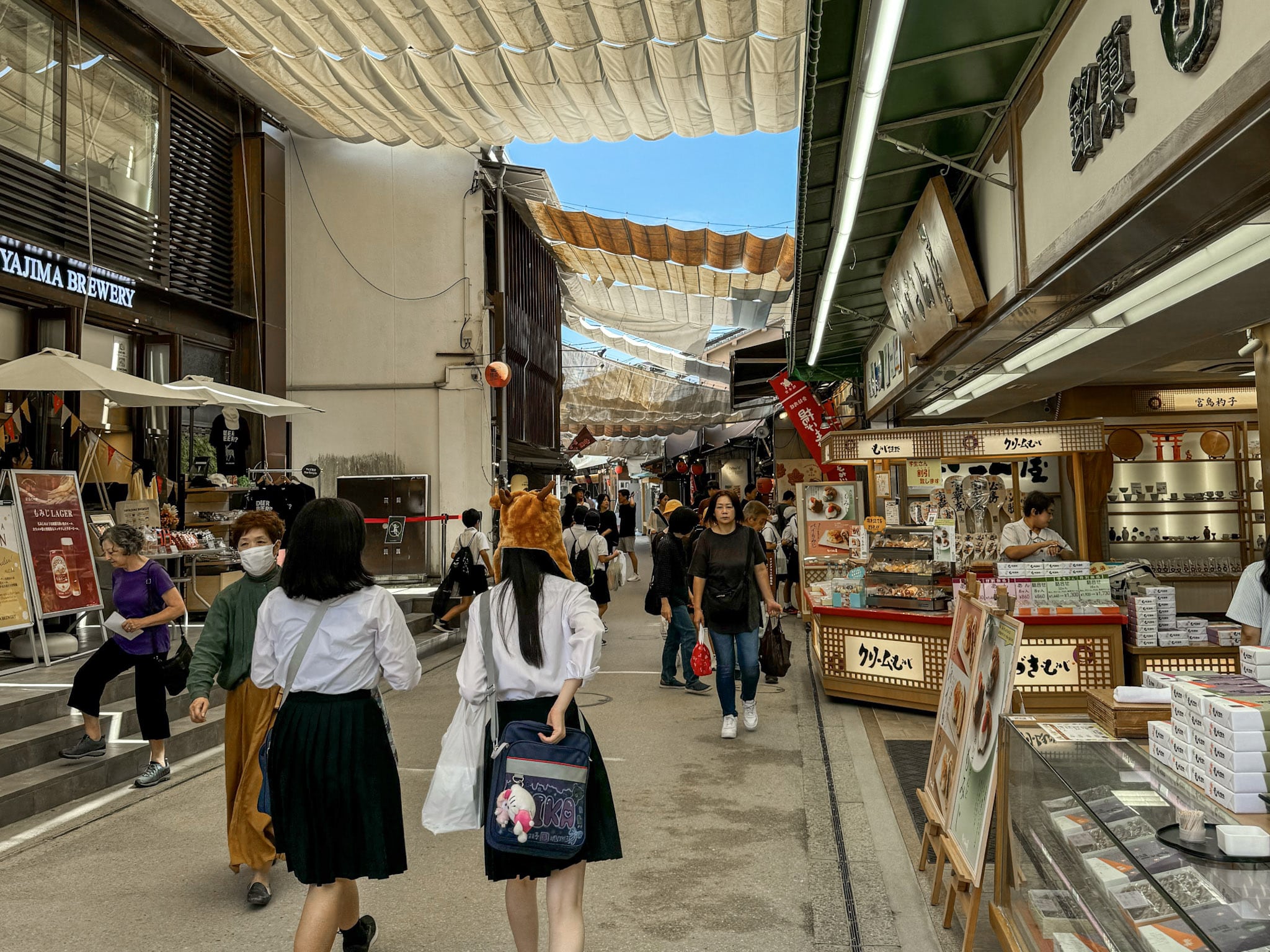
After the shrine, stroll along Omotesando Shopping Street (宮島表参道商店街), the main shopping lane that connects the ferry terminal to the shrine. This is the place to try local specialties: momiji manju (maple leaf–shaped cakes filled with sweet bean paste or custard) and freshly grilled oysters, which are a staple of Miyajima. Who cares about saving your appetite for lunch? Go ahead and sample one or two!
Late Morning: Mount Misen
This may not seem too intuitive, but I advise you to tackle this soon because the ropeway closes quite early at 4 PM, and with so many cool sights, it’s easy to lose track of the time. So, with the shrine behind you, let’s go up. Mount Misen (弥山) rises 535 meters over the island and rewards the climb with wide views of the Seto Inland Sea scattered with islands and passing ferries.
The Miyajima Ropeway (宮島ロープウエー) is located just a short walk from Momijidani Park, and the ride itself is worth the ticket: first gliding above maple trees and then opening onto a panorama of sea and mountains. From the upper station there is a nice observation deck, but if you want to reach the summit, it’s another 20–30 minutes on foot. The path is well marked, but expect some steep stretches.
Optional: If you’re up for the challenge or can spare the time, there are hiking trails from the town to the summit. Each takes about 1.5 to 2 hours and involves a steady climb. Along the way, you’ll pass quiet forests, stone steps, and small shrines tucked into the landscape.
At the top, two spots stand out: Shishiiwa Observatory right next to the ropeway station offers wide, open views if you don’t have too much time to explore, while Reikado Hall (霊火堂) shelters an eternal flame that has been burning for more than a thousand years. The hall is simple, almost austere, but the history adds a weight that makes the stop memorable.
Climbing Mount Misen can take anywhere from two to four hours, depending on your route, but as adventurous as you may be, you’ll probably want the efficiency and the views from atop the ropeway.
Lunch in Miyajima
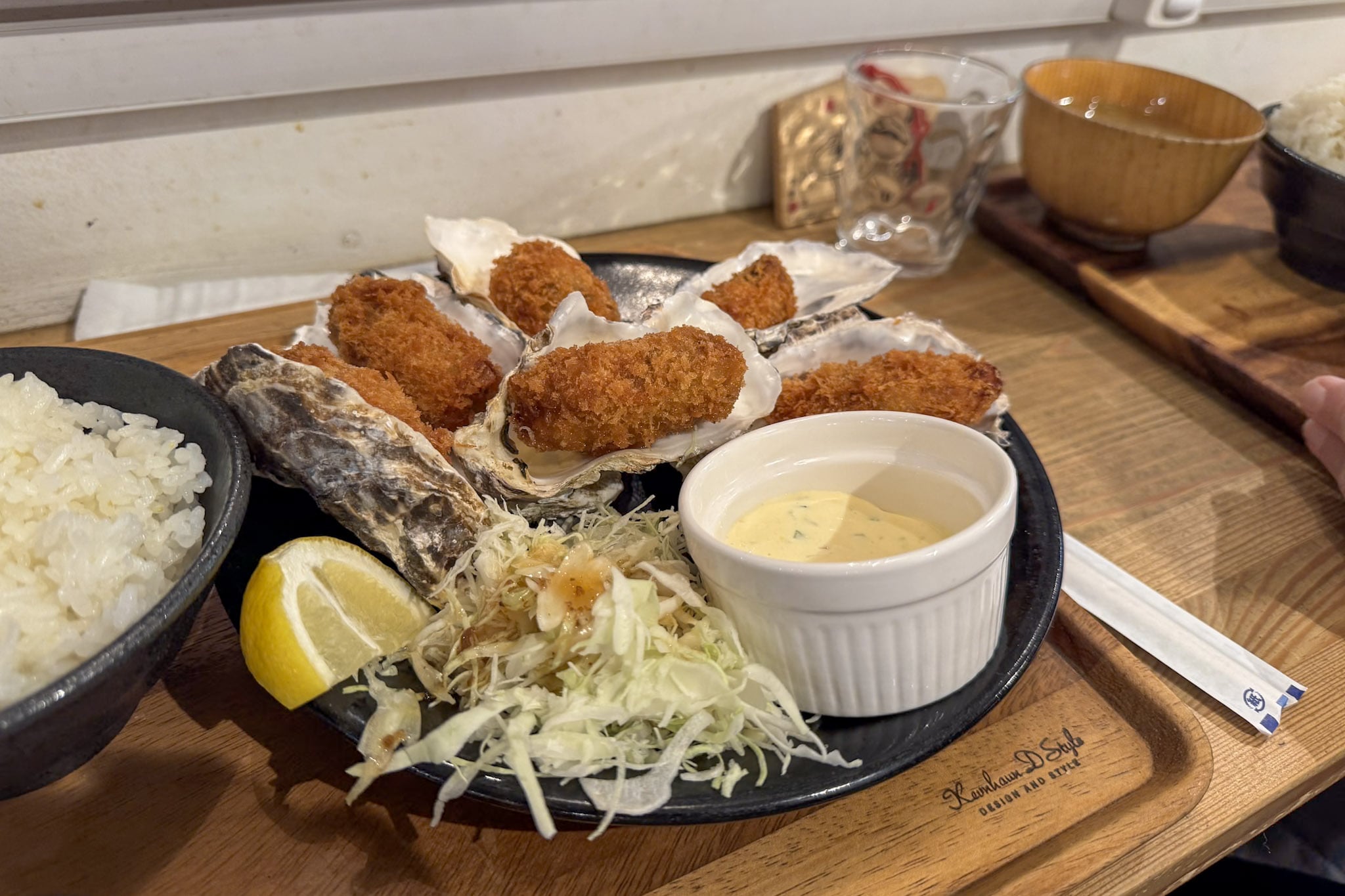
By the time you return from Mount Misen, a proper meal will feel well deserved. Miyajima has two specialties that most visitors look forward to: oysters and anago-meshi (grilled conger eel served over rice). Both are widely available near the ferry terminal and along Omotesando Street, so you won’t need to wander far.
Oysters are served in every possible way: raw, steamed, deep-fried, or skewered and grilled over charcoal. The grilled version is a safe bet if you’re unsure, with a smoky edge that brings out their natural brine. If you’re curious about local flavor, anago-meshi is the dish to try. The eel is usually glazed with a sweet-savory sauce and served in a lacquered box with rice, a style that has been associated with the region for generations.
For a lighter option, you can stick with street food. Freshly fried momiji manju filled with custard or chocolate, oyster croquettes, and steamed buns with savory fillings are easy to grab and continue exploring. Just be mindful of the island’s deer, anything in your hand is fair game to them!
Lunch here doesn’t need to be long, but it’s worth taking the time to sit down if you can, as it’s a good way to recharge before the afternoon sights.
Afternoon: Daishoin Temple and Strolling the Town
Once lunch is out of the way, shift gears from the busy main street to one of Miyajima’s most surprising corners: Daishoin (大聖院). Located at the base of Mount Misen, it’s a large Shingon Buddhist temple complex that’s usually less crowded than the shrine yet offers more to explore than many first-time visitors expect.
The approach is lined with spinning metal prayer wheels, each inscribed with sutras. Turning them as you climb is said to bring the same merit as reciting the texts. Further inside, you’ll find halls filled with intricate statues, a cave illuminated by hundreds of lanterns, and a hillside path dotted with 500 rakan statues, each with a unique, often playful expression.
After the temple, it’s worth slowing down to enjoy the town itself. Away from Omotesando Street, the narrow back lanes reveal a quieter side of Miyajima: traditional wooden inns, and shops selling handmade crafts rather than souvenirs in bulk. For those traveling with kids or looking for something different, the Miyajima Aquarium is another option, though most visitors prefer to spend their time outdoors.
In any case, the idea is just to let yourself wander a little, pick up a snack or two, and circle back toward the waterfront in time for the evening light.
Evening: Sunset by the Torii Gate
As the day winds down, the best place to be is back by the shore in front of Itsukushima Shrine. Sunset is when Miyajima slows just enough to feel different: day-trippers start heading for the ferries, the light softens over the water, and the torii gate takes on deeper shades of red against the fading sky.
The exact view changes with the tide. At high tide, the gate appears to hover above the sea in the last light of the day. At low tide, people wander out across the sand, creating a lively scene of silhouettes around the base of the gate. Good vantage points include the shoreline near the shrine and the path that curves north toward the five-storied pagoda. Both offer unobstructed angles, though the latter tends to be quieter.
Before leaving, keep an eye on the ferry schedule. Services run late into the evening so you don’t have to worry too much, just make sure you’re in time for whatever train you need to ride (in case you are not spending the evening on the island itself). From there, trains run regularly to Hiroshima.
Ending the day at the torii gate ties the itinerary together: the morning visit, the mountain climb, the quiet temple, all leading back to this final view. It’s a fitting close to a full day on Miyajima.
Practical Tips for a Miyajima Day Trip
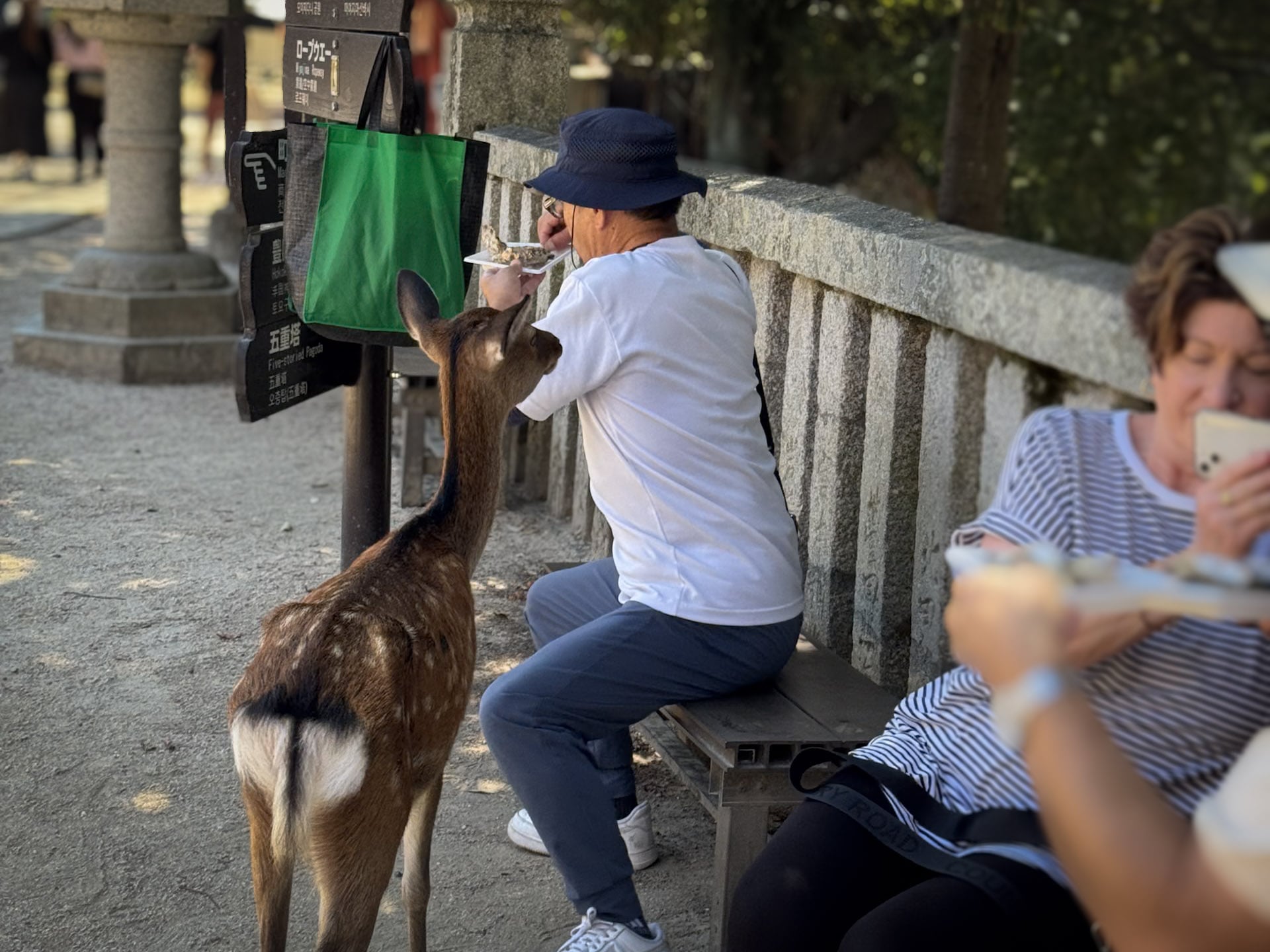
- Timing matters: Arrive early to enjoy the shrine and torii gate before the crowds. Late afternoon is best for a calmer visit and sunset photos.
- Check the tide: The iconic torii looks very different at high and low tide. Tide schedules are easy to find online or through local apps.
- Comfortable footwear: Even a single day involves walking along streets, boardwalks, and potentially climbing or hiking Mount Misen. Sturdy, comfortable shoes are essential.
- Mind the deer: The deer are friendly but persistent. Avoid feeding them unless you’re prepared for a determined visitor to follow you.
- Cash on hand: Many small food stalls and souvenir shops accept only cash, so carry enough yen for snacks and minor purchases.
- Weather prep: Summers can be hot and humid, winters chilly and windy. Sunscreen, hats, or a light jacket can make the day more comfortable.
Plan your ferry: Keep the ferry timetable in mind, especially if you want to leave after sunset. Earlier ferries tend to be less crowded.
For traveling from Tokyo to Hiroshima and beyond, the Shinkansen is a convenient option. You can also book online. Try checking the route from Tokyo to Hiroshima now! [Ads]
Need more itinerary ideas? Check more ideas around the region!
Written by
Photographer, journalist, and avid urban cyclist, making sense of Japan since 2017. I was born in Caracas and lived for 14 years in Barcelona before moving to Tokyo. Currently working towards my goal of visiting every prefecture in Japan, I hope to share with readers the everlasting joy of discovery and the neverending urge to keep exploring.





